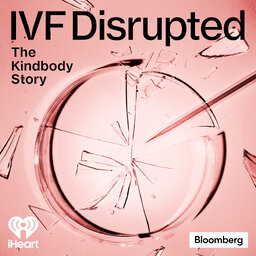The Osage Price
The Drummonds’ story, and a lot of the family’s early wealth and influence in Osage County, grew from one of their first businesses here, a store that the family patriarch took over in the early 1900s. It sold everything from flour to caskets. Much of it on credit. But the store had another function: It provided its owners financial leverage over Osage customers, in life and in death. Learn more and see bonus material from the episode: https://bloom.bg/3Lp8xZB.
 In Trust
In Trust


